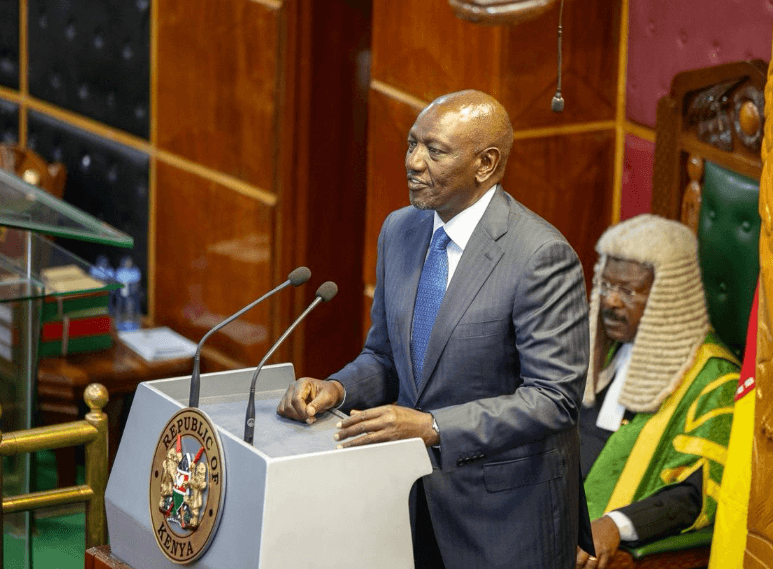About two weeks ago, there was a newspaper headline that seemed to come straight out of a work of science fiction: 'Giraffes rescued from disappearing island'.
The story was about the successful effort made by the Kenya Wildlife Service, the Northern Rangeland Trust, the Ruko Community Wildlife Conservancy, and something called 'Save Giraffes Now', which I assume to be an NGO of some kind.
We have all seen astonishing photos in our newspapers and images on TV, of the unexpected rise in water levels of lakes along the Rift Valley, with the most famous of them, Lake Nakuru, now having its guard post and entry gate fully underwater. Around Lake Naivasha, hundreds who had safely lived along the shores of the lake in planned residential estates suddenly had to move as their houses were submerged by the rising water.
This is the same phenomenon that had led to the possibility that the island on Lake Baringo on which these 'rare Rothschild giraffes' lived, would be completely submerged, drowning all nine giraffes on the island.
Hence the urgent need to relocate them to the Ruko Community Wildlife Conservancy on the mainland, where they would be safe.
It is the effective collaboration between the government in the form of KWS, the conservation NGOs, and the local community; this is what shows how far Kenya has come towards a coherent policy for keeping our wildlife safe, and even increasing their populations.
I say this because for many years a central political dilemma that the conservation policymakers faced, was the ever-increasing competition between man and wildlife for land.
The root of this is that Kenya remains to date, essentially a nation of small-scale farmers with an estimated 70 per cent of our population living in rural areas.
This combined with an increasing population was bound to lead to ever greater pressure on politicians to provide land for small farms that people could be 'settled' in.
What has saved Kenya’s wildlife from this land pressure thus far is tourism.
Tourists visiting game parks or conservancies pay to see these wild animals. They stay at tourist establishments like game lodges and tented camps, which often employ locals. So the communities living adjacent to the wildlife protected areas can thus be persuaded that keeping the wild animals safe is a good thing – provided of course their communities also share in the revenues from this tourism.
And though right now, due to the Covid-19 pandemic, there is relatively little international travel and virtually no local tourism, with the start of the vaccination campaigns there is hope on the horizon.
Globally, we have an ever-growing middle class as developing countries bring more and more of their populations out of poverty. A new middle class is noted for its spending of disposable income on goods and services and one of these services is regular vacations to ever more exotic destinations.
An 'African safari experience' is often high up on the bucket list of such people, whatever part of the globe they may be from.
So, the hospitality sector has plenty of room for growth.
The Ruko Community Wildlife Conservancy is an example of what happens when local communities realise the value of setting aside some of their communally-owned land to host wildlife populations.
For it is only with the consent of the local communities that this relocation of the giraffes was possible. Outside of this specific context of this conservancy having been created, I do not see how any rural Kenyans would welcome the arrival of a bunch of giraffes on 'their ancestral land'.
So what we find then is that after so many years during which Kenyan leaders were often accused of prioritising the lives of wild animals over human life, there is now a trend towards pastoralist communities deliberately setting aside portions of their group ranches and dedicating these to the creation of wildlife conservancies.
You may well wonder how many such conservancies there are in the country.
Well, the answer is that they are too few. We need a lot more if we are to optimise on our wildlife resource.
I will explain why in next week’s column.
















